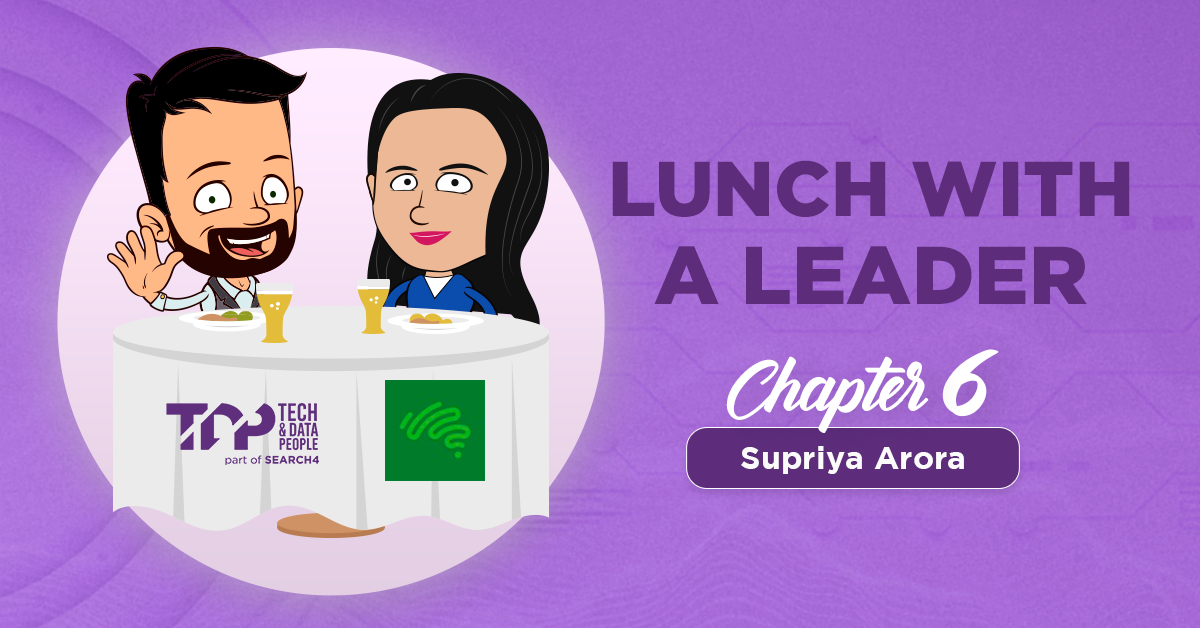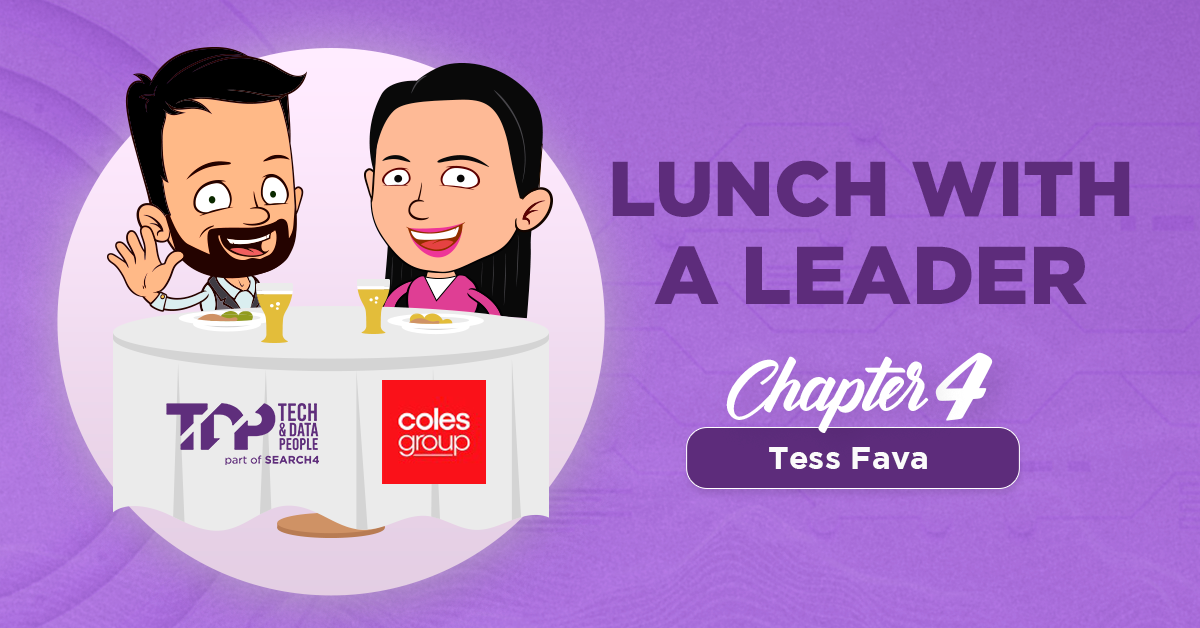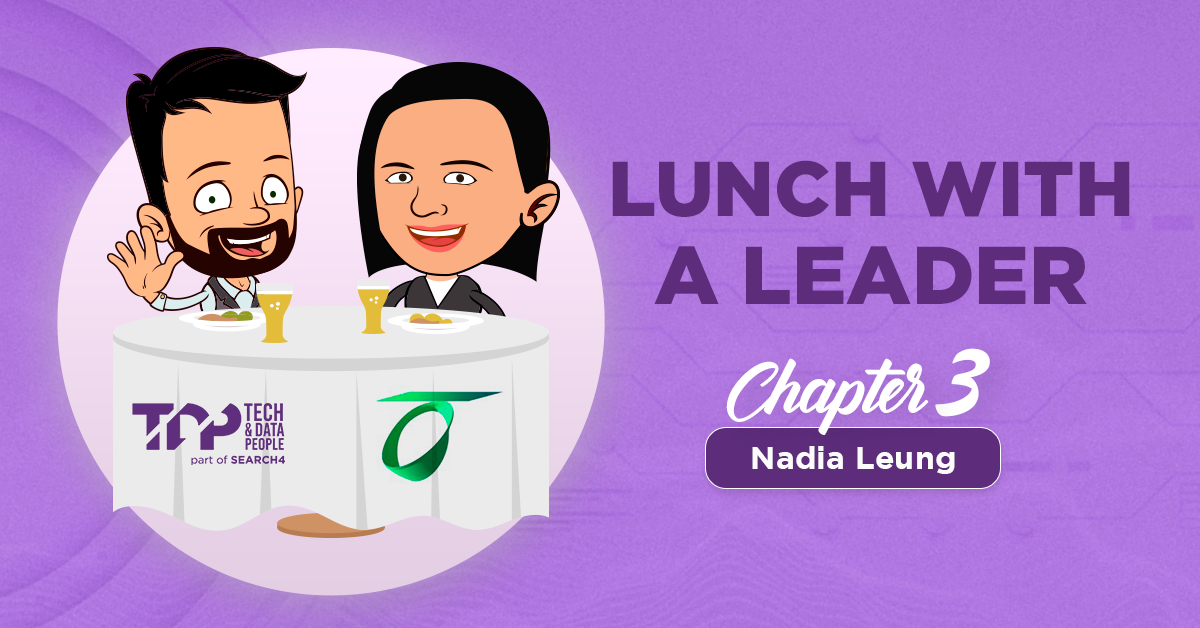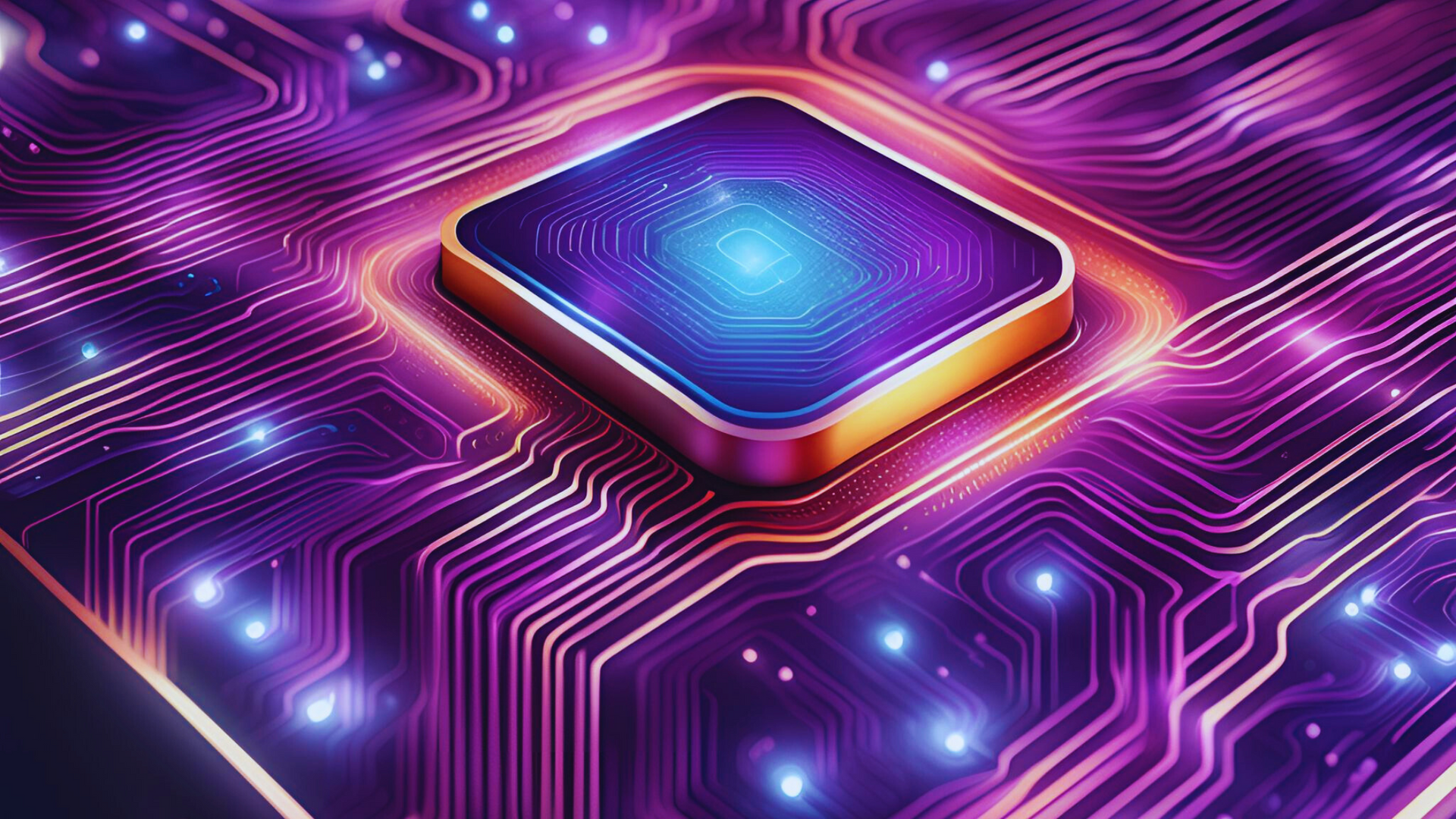Blogs
Different Minds. Shared Goals. Stronger Tech.
Some of the best problem-solvers in tech don’t think “typically”. And that’s their superpower.

Some of the most effective problem-solvers in tech don’t think “typically” - and that’s their superpower. Neurodiversity isn’t just a conversation about inclusion; it’s about creating workplaces where everyone can contribute their strengths. In Australia, an estimated 15–20% of people are neurodivergent, yet unemployment for neurodivergent adults remains high. For tech teams, embracing neurodiversity is a way to unlock untapped talent and foster stronger collaboration, creativity, and problem-solving.
Neurodiversity in Australia: The Facts
- According to the Australian Bureau of Statistics, around 15–20% of Australians are neurodivergent, including people who are autistic, ADHD, dyslexic, dyspraxic or otherwise neurologically different
- Unemployment for neurodivergent adults sits at 34%, almost eight times higher than the general population.
Talent isn’t the issue. The hiring lens often is. How workplaces hire, manage and support different thinking styles is key.
Why Different Thinking Matters in Tech
Inclusive, neurodiverse teams benefit from:
- Unique pattern recognition and attention to detail
- Creative problem-solving from multiple perspectives
- Hyperfocus on complex systems and data analysis
- Collaborative learning that challenges assumptions and improves decision-making
When people feel supported to work in ways that suit them, their strengths shine and teams become stronger as a result.
Leading Programs and Allies in Australia
Several initiatives are paving the way for neurodiverse-inclusive tech workplaces:
- DXC Technology’s Dandelion Program – helping neurodivergent technologists gain meaningful careers in government and corporate tech teams.
- Untapped Group / Neurodiversity Hub – connecting universities and employers to support neurodivergent graduates in STEM.
- Aspect - Aspect’s autism-friendly team are dedicated to partnering with organisations to create environments that genuinely support and include Autistic people.
- Autism CRC – evidence-based research supporting inclusive employment practices.
These programs demonstrate that neurodiverse employees can thrive when workplaces provide structure, clarity and opportunity.
How Tech Teams Can Become Neuro-Inclusive
Practical steps for tech teams:
- Strengths-based hiring: Assess skills through practical tasks and project-based work, not just interviews.
- Flexible work environments: Provide quiet spaces, clear communication, and predictable structures.
- Accessible and compassionate interviews: Use clear, structured questions, share expectations early, and allow extra processing time to create a fairer experience for every candidate
- Training and support: Equip managers to understand different thinking styles and how to leverage them effectively.
- Measure and improve: Tools like the iNDex from Believe: Neurodiversity help organisations track inclusion progress.
Everyone wants to be able to do their best work, supported and understood for who they are.
Tech teams that embrace cognitive diversity are more thoughtful, collaborative and resilient - and they reflect the real world they’re building solutions for.
At Tech and Data People, we believe great teams don’t all think alike - they think together.
